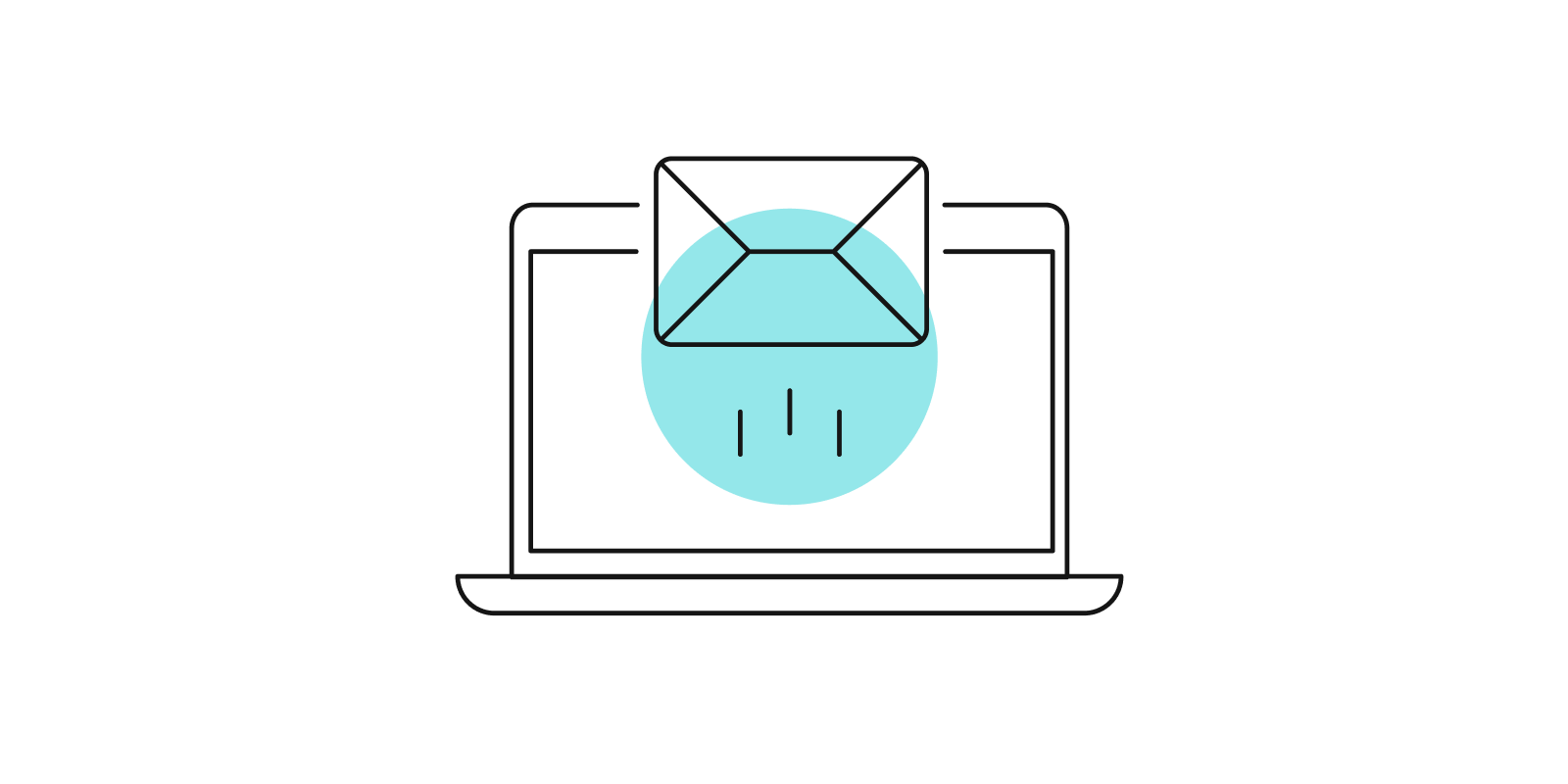
Improve learning by adding video

Video is everywhere. With more than a billion hours of video footage viewed on YouTube every day,1 it is a medium that most students are both familiar and comfortable with. The question is not whether to use videos in higher education, but how to use them to improve learner outcomes.There is plenty of research that touches on the role of video in learning, and there are even some studies that specifically examine the different ways of using video in university or college courses.
After reviewing and analyzing this research, we’re confident that most higher education courses could improve learner outcomes by supplementing instruction and other learning content with relevant educational videos.
Here are three reasons why.
1. Students want to learn from videos
Video is part of higher education even when it’s not officially part of the learning experience. Some higher education students prefer videos to written sources and many will seek out subject-related videos on YouTube, even when they’re not assigned.
In a survey of hundreds of business students:
- 71% said they used YouTube as part of their academic learning
- 70.5% believed they could learn a lot about a subject by watching related videos instead of reading a book2
In a 2020 study, a group of higher education students was given 30 minutes of online research time to learn enough about a topic to write a brief summary. On average, the students spent 8.5 of their 30 minutes watching videos. Only 15.7% of the students watched no videos at all.3
Studies also seem to show that the appeal of video is not limited to particular subjects or learning preferences.4 Whatever the course, and whatever the makeup of the student body, including videos can engage students in learning.
2. Supplemental videos improve learning
Videos clearly appeal to students, but do they actually help them learn? When combined with other learning methods, there is evidence that they can.
A 2021 study looked at different ways of using videos in higher education courses. The researchers found that pivoting the course to video — dropping existing teaching methods and having students watch videos instead — did improve learning somewhat.
But the biggest improvements came when video was added to the existing course content, rather than replacing it.5
This may be because adding video gives students more ways to understand the content. If the learning didn’t take hold from a lecture or a written text, maybe it would from a video. Whereas when video replaced other methods, if a student didn’t grasp the content from the video, they had no alternative ways in.
3. Videos can directly affect learning
Does including videos improve learning by making the course more engaging, or do the videos themselves help improve learning? Understanding this helps determine the best types of video to include in higher education courses.
A 2014 study experimented with integrating different types of videos into lectures. When the videos were mainly entertaining, students’ motivation and engagement improved. Higher motivation and engagement are associated with better learning outcomes.
But when the videos were mainly educational and directly relevant to the lecture topic, students performed better on post-lecture quizzes than those who attended a lecture without videos.6
This shows that while videos can affect learning by engaging students, they can also have a direct effect on students’ knowledge.
Improving learning for students at all experience levels
To summarize, based on a range of studies:
- higher education courses should include videos
- videos should supplement, not replace, existing course content and instruction
- videos should be educational in nature and directly relevant to the subject
When videos are integrated into higher education courses in this way, students — whatever their previous academic history — are more likely to outperform their predicted grades.7
_____________________________________
We’re putting these insights into practice with Pearson+ Channels, which supplement learning with integrated, relevant educational videos. Find out more about Pearson+ Channels.
Sources
1 https://blog.youtube/news-and-events/you-know-whats-cool-billion-hours/
2 Moghavvemi et al., 2018
3 Pardi et al., 2020
4 Bristow, Bruhl, & Klosky, 2014
5 Noetel et al., 2021
6 Ljubojevic et al., 2014
7 Bristow, Bruhl, & Klosky, 2014



